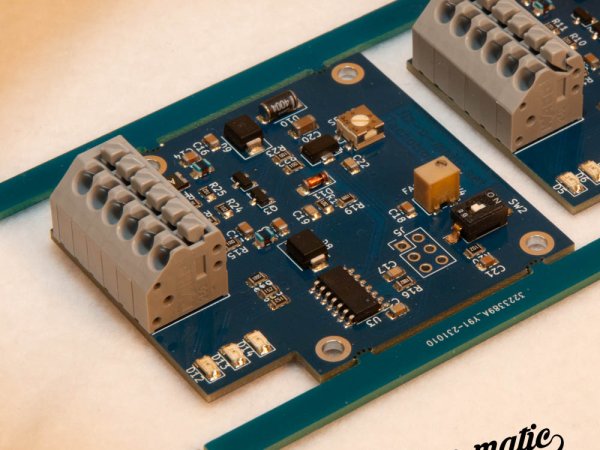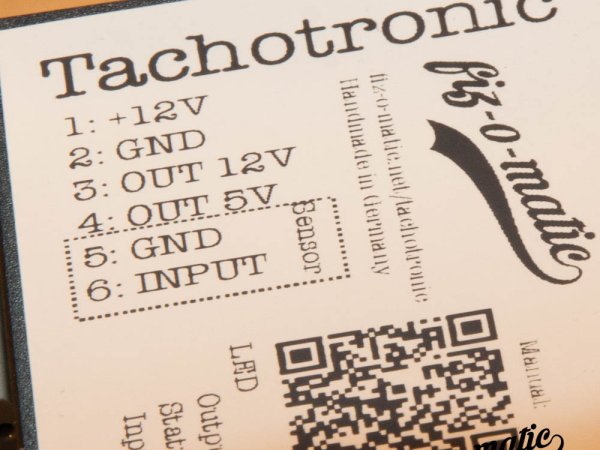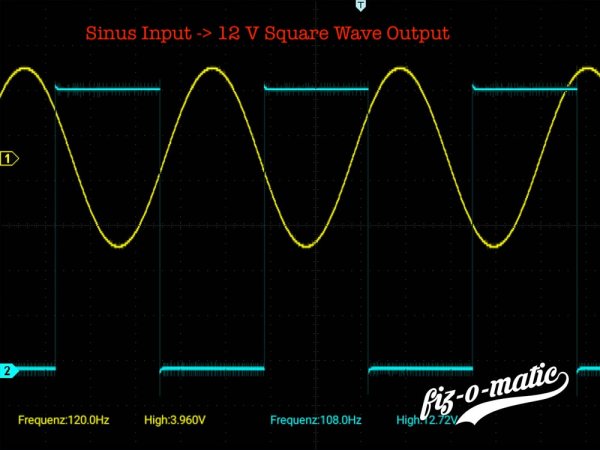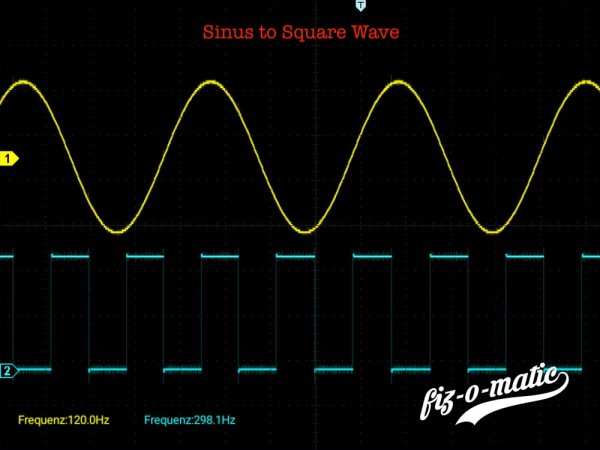
Tachotronic
What exactly is Tachotronic?
Tachotronic is a modern digital converter for speedometer signals of any kind.
It is possible to convert various existing speedometer signals for your own purposes with maximum precision.
It is irrelevant which signal is present at the input.
Was genau kann die Tachotronic?
The Tachotronic is able to convert various frequency-based input signals and then convert them into a new signal.
e.g:
- Speed sensors (VSS sensor)
- Speed signals for the adaptation of a DZM
- ABS sensors to adapt this signal for engine control units
- Adaptation of signals for cruise control
What the Tachotronic can't do
The Tachotronic cannot process analog signals as input signals.
Analog signals (e.g. signals from an electronic accelerator pedal) cannot be processed. The input signal must be a signal that has a frequency (e.g. terminal W from an alternator or a Gala/VSS sensor).
Likewise, the Tachotronic cannot output analog signals.
Which input signal can be used?
Which input signal can be used? Any signal that has a frequency can be used as an input signal.
e.g:
- Speed signal (terminal W) from a light engine
- Signals from the speed pulse, Gala encoder or VSS sensor
It is irrelevant whether this is a sine wave signal (e.g. from the light engine) or a square wave signal (e.g. speed pulse).
The voltage should be between 4 volts and 45 volts and have a frequency between 0.25 Hz and 45 kHz.
Output signal
The Tachotronic has 2 outputs. One with a voltage of 5 volts and the other with a voltage of 12 volts.
The frequency that can be output is between 0.0625 Hz and 15 kHz at both outputs.
Both outputs emit the same frequency.
This can then be used for a wide variety of control devices.
e.g:
- Cruise control
- GALA control on the radio
- Engine control units
Input and output in comparison
Adjustment of the output frequency to one tenth of the input frequency
Adjustment of the output frequency by a factor of 10 to the input frequency
A sine wave signal with an amplitude of 3.8V is converted into a 12V square wave signal.
A sine wave signal can also be converted into a square wave signal and the output frequency can be adjusted at the same time.







